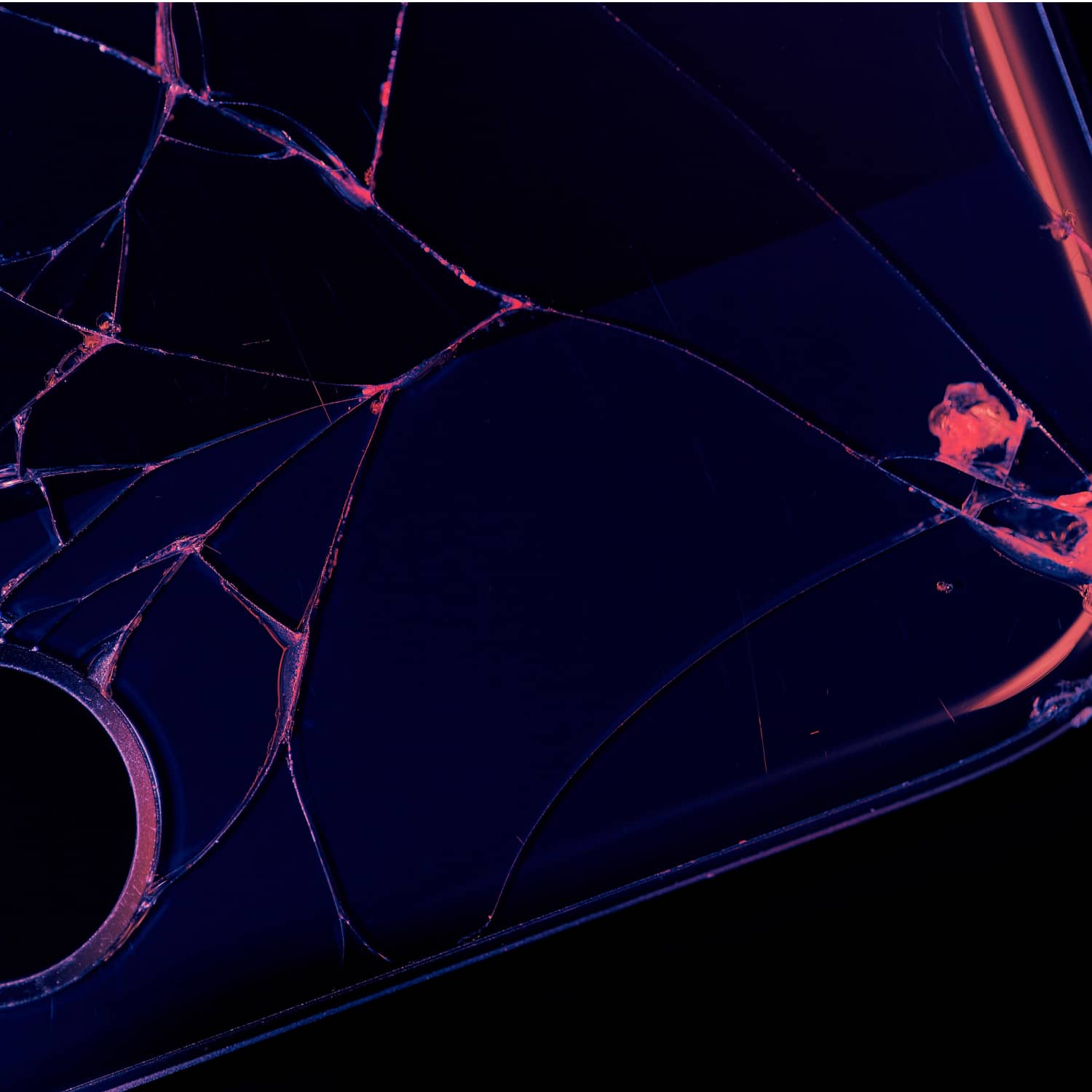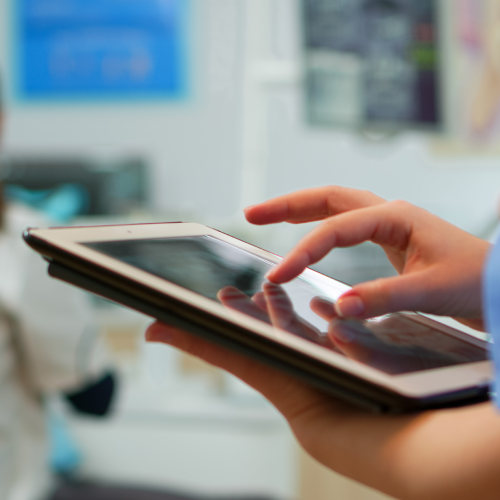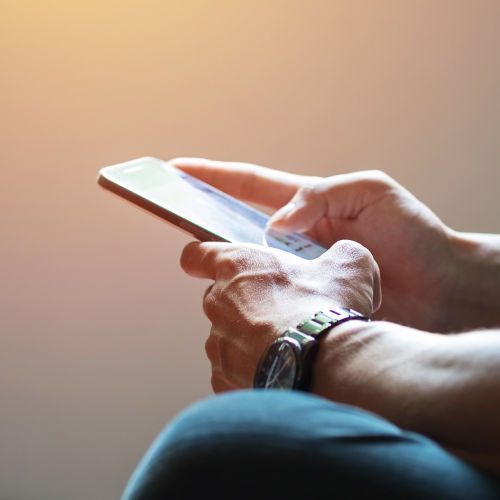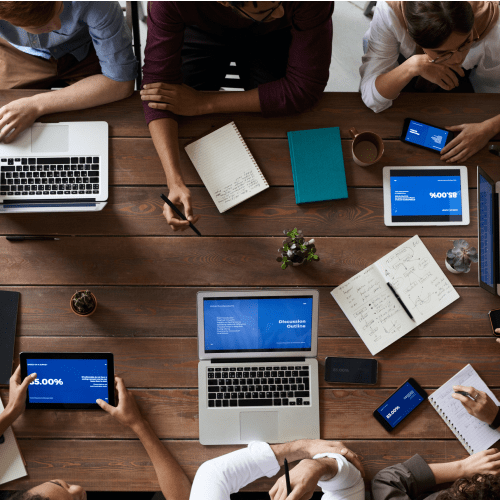The smartphone death march – Part II

The smartphone death march - Part II
December 14, 2016
“Can the smartphone in its future form be the one and only device you might need for both work and play? In other words, can a laptop/PC/Mac workspace be brought to the mobile in a seamless manner?”

Last week, I was discussing the role of smartphones in emerging markets like Africa and parts of India with a group of analysts and colleagues. A debate ensued about the falling prices of competent smartphones. The group concluded that while the prices were low for someone in the US or Europe, there is a still a question of affordability for the masses in emerging markets. A majority of the internet users in these markets are those who have skipped the desktop/tethered internet phase and their use of the internet started with mobile internet. So, the compelling question in these markets becomes:
“Can the smartphone in its future form be the one and only device you might need for both work and play? In other words, can a laptop/PC/Mac workspace be brought to the mobile in a seamless manner?”
Mobile-only internet use is not limited to emerging markets. Desktop internet usage has been seeing significant year-over-year drops. More than 20% of millennials have gone mobile only and >75% of adults use both desktop and mobile internet. (source: ComScore)
The desktop is dead! Long live the desktop…
To use a smartphone as the only computing device, the main limiting factors for an average professional (someone who does email, browses the internet, writes/reviews documents and spreadsheets, and uses built for purpose enterprise apps) are the following: Screen size, keyboard and capability to use an external display like a TV or a monitor. Sure, there are plenty of options for screen mirroring and media streaming available but those don’t cut it for day to day productive use in any workplace.
We have seen a few solutions emerge in the recent past. Apple, Google and Microsoft have all tried to woo enterprise / professional users to their platforms. Currently Google leads the smartphone market by a wide margin with Microsoft being a rounding error in overall numbers.
Regardless of large or small market shares, the current smartphone platforms do little to make the expensive smartphone the single compute device you will need.

Apple has Continuity – It is a useful tool provided you are exclusively in the Apple ecosystem – iOS and Mac. Continuity offers a bridge called “Handoff” to pass app activities back and forth between iOS and Mac devices. While, taking a call or texting from my MacBook may be useful at times when the iPhone is not nearby, there is limited value in using iOS apps on a Mac. It is far from the one compute device paradigm. Instead, it increases device sales and banks users ‘tied’ into the Apple ecosystem.

Google’s Android and its partners are not new players here. Back in 2011, Motorola came up with a revolutionary device called the Atrix – A 4in. Android phone which could be used somewhat like a laptop with a ‘lapdock’ accessory. This wasn’t a success given the cumbersome setup and still no access to popular office platforms / apps. Since then, things have changed for the better. You can now install Android apps on your Chromebook. However, the app installations will be different from that on your Android device and will need to ‘synced’ across the two devices. This has promise but still not an ideal solution to the single compute device. Google has a history of making quick decisions with product direction and it remains to be seen how mainstream this gets. As per some reports, Google is working on an Andromeda (Chrome and Android) hybrid which should hit the market sometime in 2017.

Continuum from Microsoft is a promising solution but alas for the Windows Mobile market share! The approach to Continuum is the Windows 10 everywhere vision which hopes to leverage what is called Universal Windows Platform based apps across a myriad of devices – PC, Windows Mobile, XBoX and Hololens. The feature is available on a handful of phones running windows 10 mobile. The phone plugs into a continuum dock – a 2in X 2in X 1in accessory that sports HDMI, USB and USB C ports. Once plugged in, the device can be used pretty much like a laptop. Native Microsoft apps like Office – Word, Excel, PowerPoint etc. work beautifully and orient themselves to take advantage of the external display. Furthermore, apps designed using the UWP work on a larger screen with layouts that enable use of more real estate. Some apps designed using UWP are Bank of America, UBER, Expedia, Dropbox, Instagram, Facebook, Flipkart and many others. While Continuum works, there are some serious limitations – the biggest one being the ability to run apps in a ‘Windowed’ environment. Apparently, Microsoft is working on this and will release this with an update to Window 10.
Time will tell how these platforms succeed and whether the average consumer spending between ₹52,580.00 – ₹78,870.00 on a smartphone will continue to be enamored with his/her ecosystem of choice or will they demand better bang for their buck and refuse to get sucked into buying a shiny new tablet, hybrid or a laptop. The demand is certainly there but thus far, none of the tech giants have enabled a vision.










